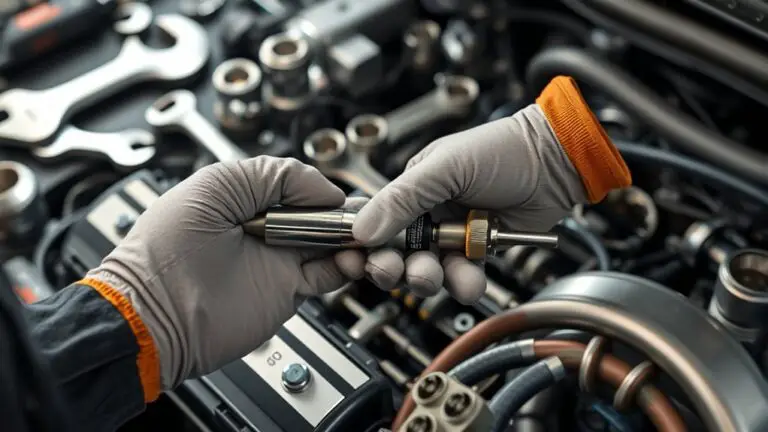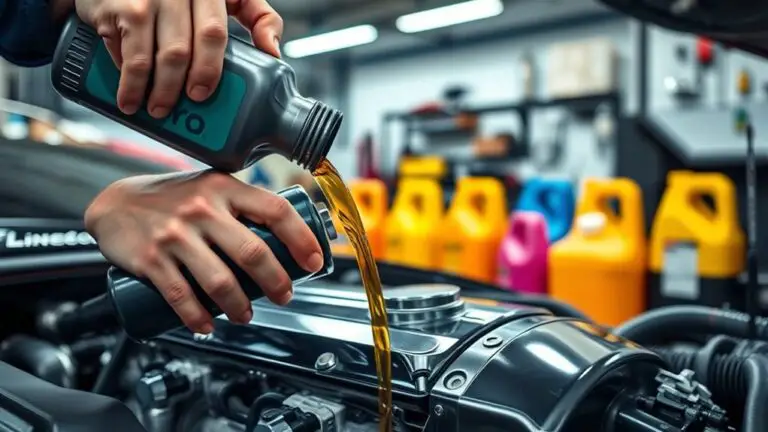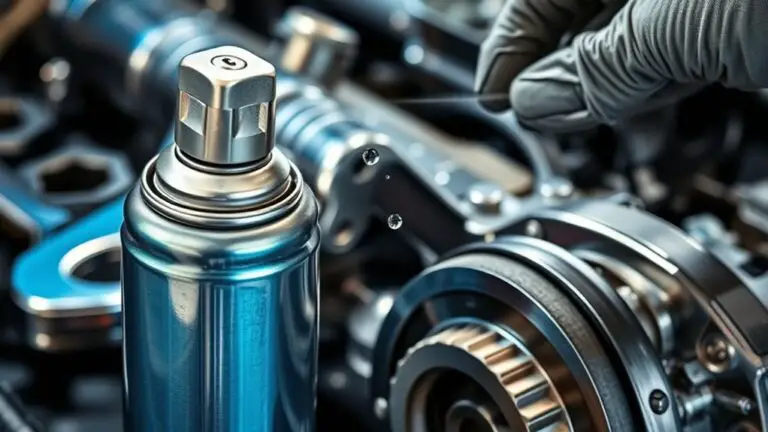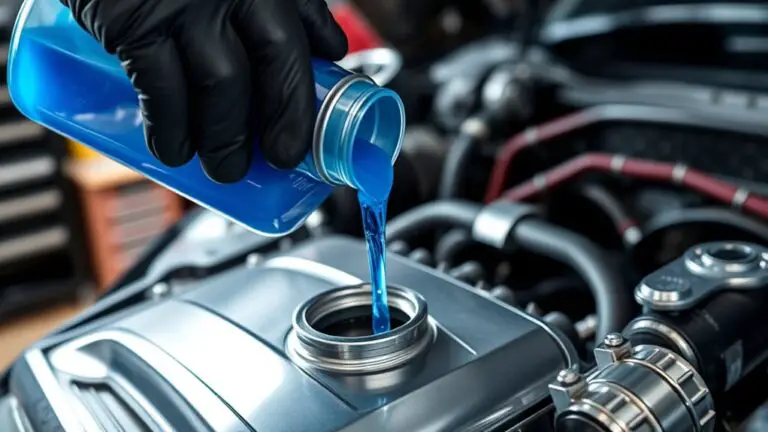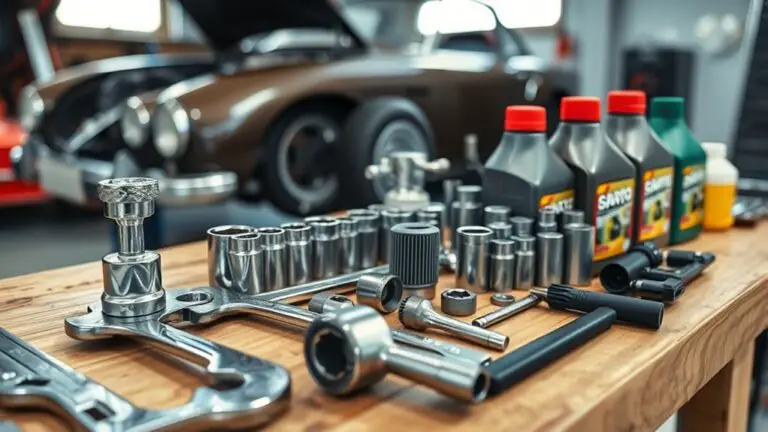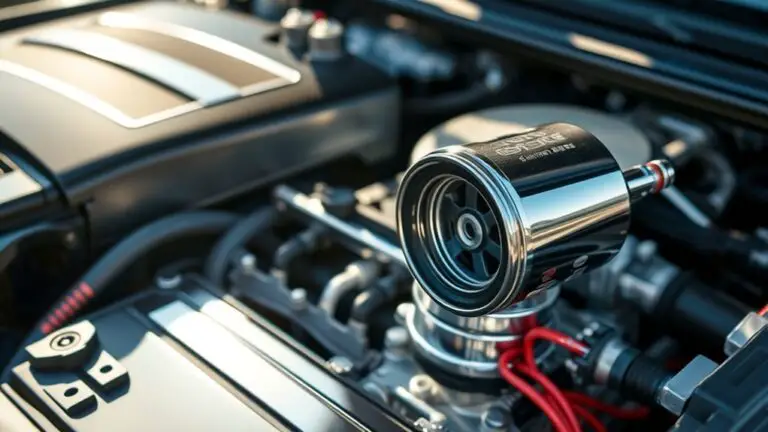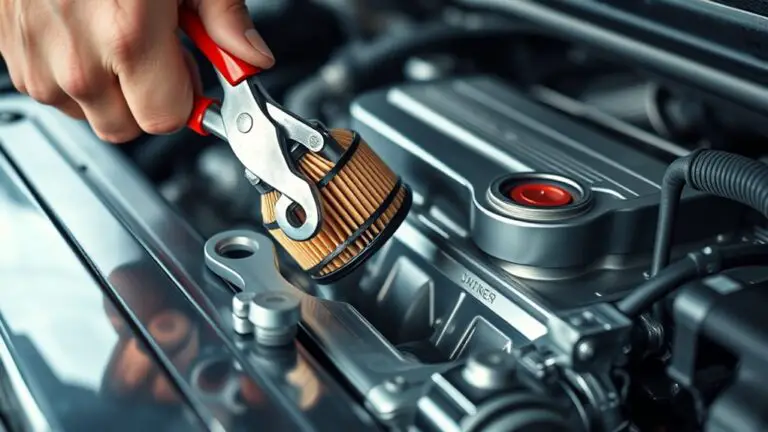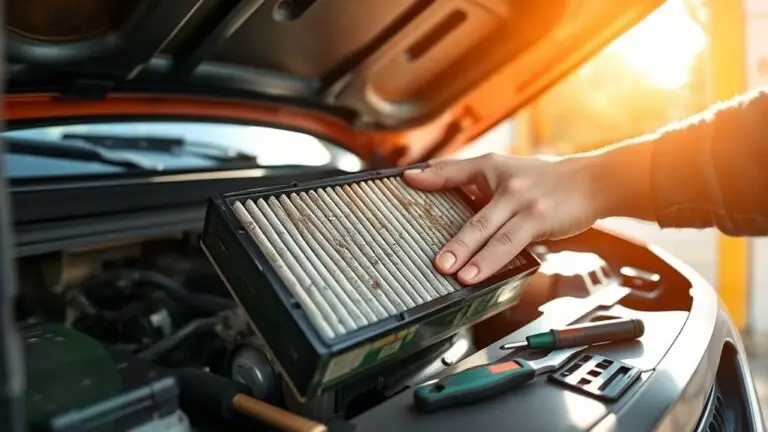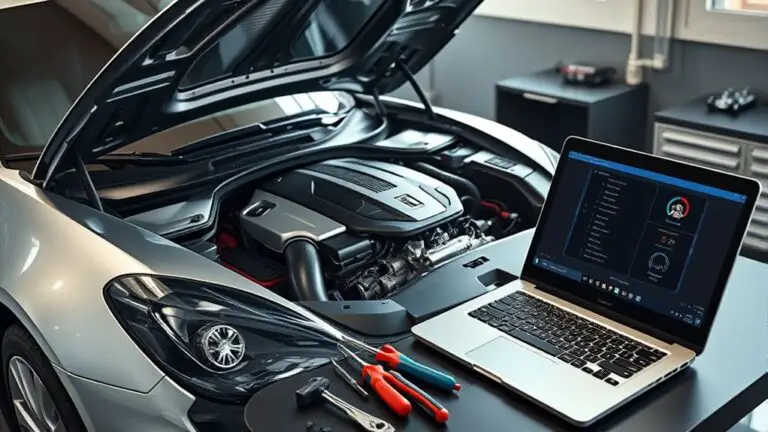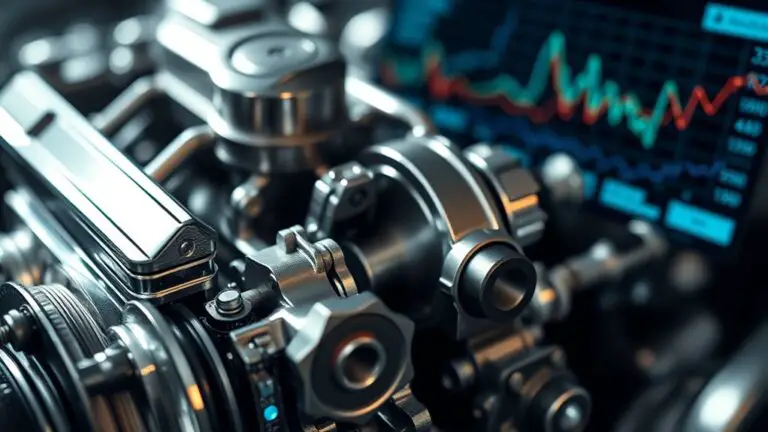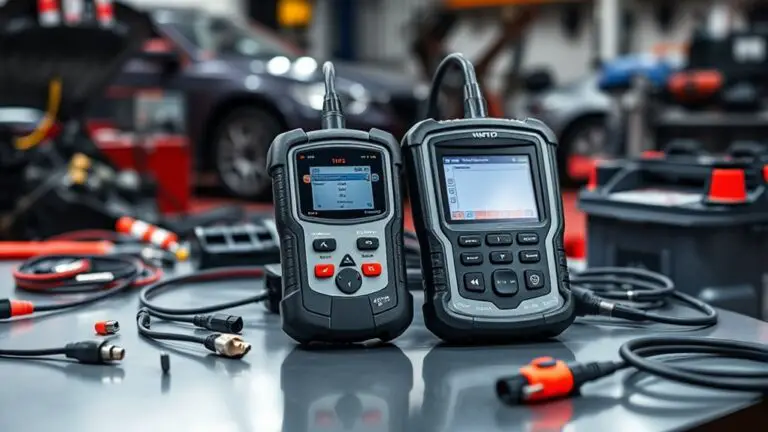Environmental and Safety Tips for Handling Fluid Tester
When handling a fluid tester, follow established safety procedures to minimize risk and maintain control. Wear gloves, eye protection, and a lab coat, with a respirator or shield if fumes are present. Verify device integrity, calibrate regularly, and keep fluids in labeled, compatible containers with spill containment. Maintain PPE and gear, inspect for wear, and…

